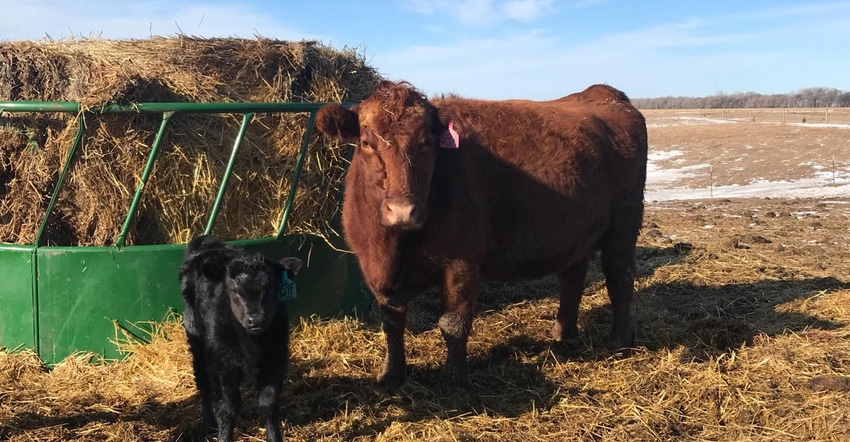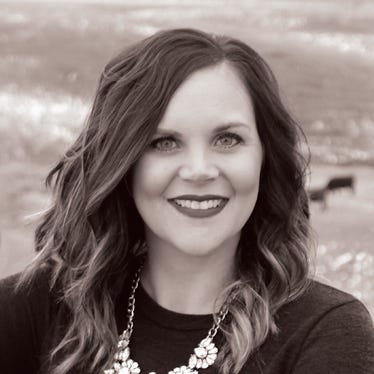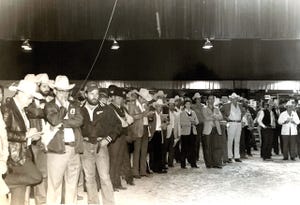How frequently are you checking for newborn calves?
On midnight checks, cameras in the calving barn and other tools can make the calving season just a little bit easier.
March 10, 2021

For many ranchers, calving season is in full swing. On our ranch, we start earlier in the year due to raising seedstock cattle and wanting more mature bulls to sell for the summer breeding season.
For some, waiting to calve in later spring avoids the hassle of needing cows to be in the barn during inclement winter weather. However, there are pros and cons to spring calving, depending on if you live in a place that tends to be wet and muddy in March and April.
Other ranchers swear by late spring and early summer calving window. No mud. Plenty of sunshine. And the cows calve on grass. Yet, there’s issues such as flies and pests to consider when calving in the summer heat.
Then there are the proponents of fall calving. They say it’s the perfect window to avoid the snowy winter months, the muddy spring and the hot, dry summer months.
In theory, ranchers should be matching their calving seasons to their environment, their marketing goals, their labor availability, and their equipment and facility setup.
No two producers will choose the exact same route, and although there can be contentious debates on the topic of the best calving windows on Ag Twitter, the reality is if we all chose the exact same path, we would likely be selling our calves at the sale barn at the exact same time, as well. It’s a good thing we spread out the supply.
This preamble is a long introduction to the topic I really want to discuss — how often are you checking your gestating cows for signs of labor? I suppose that answer largely depends on the time of year you are calving.
For example, most of us were up round-the-clock during the cold snap a month ago that spanned from North Dakota to Texas. However, this past week in South Dakota, the weather was so nice, we were able to ditch our heavy coveralls and do chores in our sweatshirts. This meant we could stretch our checks a little bit more than we would normally.
Lest we get too comfortable with the sunshine though, we are back to snow and cold today, and with a few heifers yet to calve before we move to the main cow herd, we are checking with greater frequency again.
Of course, there are many tools for making the job of checking calving cows just a little bit easier. One of the most common questions I get on social media is about our calving cameras. There are many sophisticated systems out there, but we personally use a simple and affordable weatherproof outdoor security camera with a 360° view with a point-to-point WiFi system in our calving barn. I’ve linked both items here and here if you want to check them out.
The system has taken the stress out of midnight checks and has allowed us to check cattle from bed, when on the road or even sneaking a check on a laboring first-calf heifer while sitting in the church pew.
Additionally, we have had the opportunity to test-run a product called, Moocall. The Moocall system is an intuitive device that attaches to a cow’s tail to detect labor or heat. The device provides real-time information, which is texted directly to my cell phone, and it’s been really slick in alerting me to new activity happening in the calving barn. You can learn more about it here.
Much like no two calving seasons will be set up the same, there are many choices for equipment, software or technology to make keeping an eye on calving cows just a little less stressful.
I would love to hear what you consider your perfect calving window. When do you calve? How often are you checking for calving cows? And are there any tools you utilize to make season run smoothly? Feel free to share in the comments below!
The opinions of Amanda Radke are not necessarily those of beefmagazine.com or Farm Progress.
About the Author(s)
You May Also Like



.png?width=300&auto=webp&quality=80&disable=upscale)

